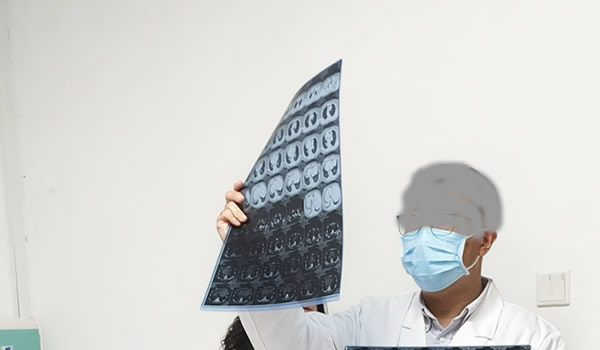Cardiovascular disease (CVD) is the leading cause of death worldwide, and Asia carries the largest burden of heart-related illnesses due to rapid urbanization, dietary shifts, and aging populations. This article explores treatments for heart disease in Asia, including surgery, medications, and preventive strategies, while highlighting regional differences and future innovations.

Cardiovascular Disease in Asia: Epidemiology
- Global statistics: Over 18 million deaths annually from CVD.
- Asia’s burden: China and India together account for >40% of global CVD deaths. Southeast Asia experiencing double-digit increases in heart disease mortality. Japan and South Korea have lower incidence due to healthier diets but still face aging-related risks.
- Key risk factors: Hypertension, high cholesterol, diabetes, obesity, smoking, and sedentary lifestyles.
Medical Management of Cardiovascular Disease
1. Hypertension Control
- First-line drugs: ACE inhibitors, ARBs, calcium channel blockers, beta-blockers, and diuretics.
- Rising popularity of fixed-dose combination pills to improve adherence.
2. Cholesterol Management
- Statins (atorvastatin, rosuvastatin) remain gold standard.
- PCSK9 inhibitors (alirocumab, evolocumab) emerging but costly.
3. Antiplatelet and Anticoagulant Therapy
- Aspirin widely used for secondary prevention.
- Novel oral anticoagulants (NOACs: apixaban, rivaroxaban, dabigatran) expanding for atrial fibrillation.
4. Heart Failure Medications
- ACE inhibitors, beta-blockers, mineralocorticoid antagonists standard care.
- Newer drugs: Sacubitril/valsartan and SGLT2 inhibitors gaining use in Asia.

Surgical and Interventional Treatments
Coronary Artery Bypass Grafting (CABG)
- Standard for advanced coronary artery disease.
- India, Thailand, and Singapore serve as medical tourism hubs for affordable CABG.
Percutaneous Coronary Intervention (PCI)
- Stenting and angioplasty widely available in Asia’s urban hospitals.
- Drug-eluting stents common in Japan, China, and South Korea.
Valve Repair and Replacement
- Mechanical and bioprosthetic valves used; transcatheter aortic valve replacement (TAVR) growing in Japan, South Korea, and China.
Arrhythmia Treatments
- Pacemakers and implantable cardioverter-defibrillators (ICDs) for rhythm disorders.
- Catheter ablation for atrial fibrillation becoming mainstream.
Preventive Cardiology in Asia
Lifestyle Interventions
- Public campaigns encouraging reduced salt intake.
- WHO “REPLACE” initiative targeting trans fats adopted in India and Southeast Asia.
- Yoga, tai chi, and mindfulness programs integrated into prevention strategies.
Screening and Early Detection
- Hypertension screening programs in China and India.
- Digital blood pressure monitors and smartphone apps expanding use.
Community-Based Programs
- Mobile health units in rural Asia.
- Public-private partnerships improving awareness.
Regional Insights
- China: Highest burden of heart disease; massive screening campaigns for hypertension and cholesterol.
- India: Rising cases in younger populations; affordable generic statins and antihypertensives widely available.
- Japan & South Korea: Lower incidence due to healthier diets; advanced interventional cardiology programs.
- Southeast Asia: Lack of preventive care; higher smoking prevalence worsens outcomes.
- Middle East: High obesity and diabetes fueling cardiovascular risk.
Future of Cardiovascular Care in Asia
- AI in Cardiology: Predictive analytics for heart attacks and arrhythmias.
- Wearables: Smartwatches with ECG and heart rate monitoring.
- Telecardiology: Remote diagnosis and treatment in underserved areas.
- Personalized Medicine: Genetic risk profiling for hypertension and cholesterol.
- Affordable Biologics: Expanding access to PCSK9 inhibitors and new heart failure drugs.

Conclusion
Cardiovascular disease is Asia’s biggest killer, but advances in surgery, medications, and preventive cardiology are improving survival rates. The challenge remains early detection and equitable access across urban and rural populations.
The future lies in AI-driven diagnostics, wearable technology, and stronger preventive care policies, which can transform Asia’s fight against heart disease and save millions of lives.